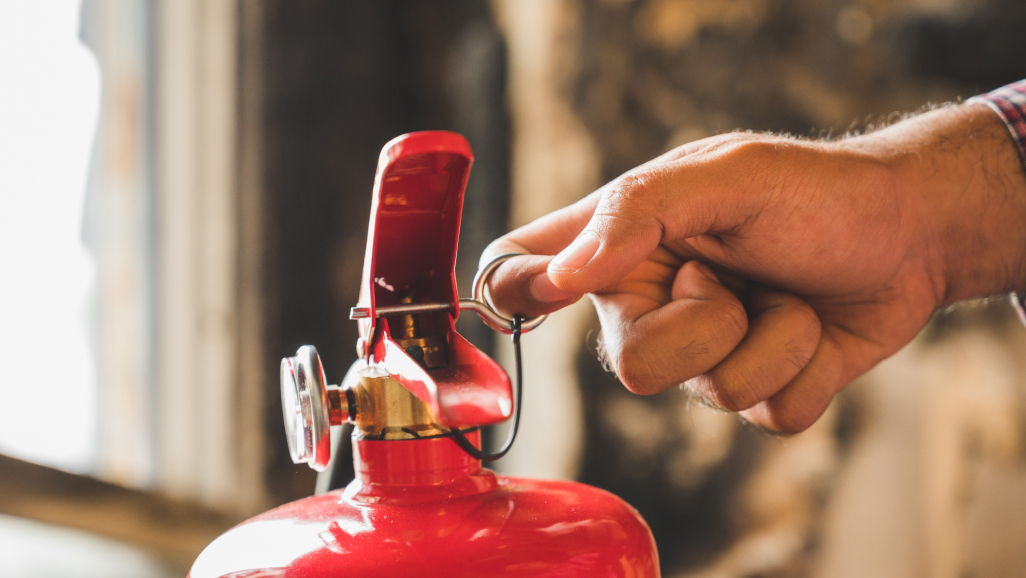How to Use a Fire Extinguisher and Be Prepared
| Read time: 2 min

Fire extinguishers are a crucial part of home and building safety, but they are only effective if used correctly. In the event of a small fire, having the knowledge and confidence to act quickly can make all the difference. This article walks through essential tips for fire extinguisher use, general preparedness, and what to do when a fire breaks out.
Know Where Your Fire Extinguisher Is
Ensure your extinguisher is easily accessible and not blocked by furniture or storage items. It should be located in or near areas with higher fire risk, such as the kitchen, laundry room, garage, or workshop.
Make Sure It’s in Working Condition
Check the pressure gauge regularly. The needle should be in the green zone. Also, make sure the pin is in place and the nozzle is free of any obstructions. Fire extinguishers should be professionally inspected annually and replaced after use or when expired.
Teach Everyone in the Household or Building
Every capable person should know:
- Where fire extinguishers are located
- How to unlock and operate them
- When to use them and when to evacuate
- Training can be as simple as reviewing the PASS method together.
Use the PASS Method
- Pull the pin.
- Aim the nozzle at the base of the fire.
- Squeeze the handle to release the agent.
- Sweep side to side at the base of the fire until it is extinguished.
Evaluate the Fire Before Acting
Only use a fire extinguisher if:
- The fire is small and contained (like in a trash can or on a stovetop)
- You have a clear exit path behind you
- The room is not filled with smoke
Call 911
Even if you manage to extinguish a fire, emergency services should still be contacted. There may be residual risks, and professionals should inspect the area.
Prioritize Safety and Evacuation
If the fire grows or the smoke increases, your focus should shift from extinguishing to escaping. Never risk your safety to fight a fire.
Have a Plan
Include fire extinguisher use in your emergency preparedness plan. Hold regular safety discussions, especially in condos, apartment complexes, or shared buildings. Post fire escape plans and ensure residents are familiar with safety procedures.
